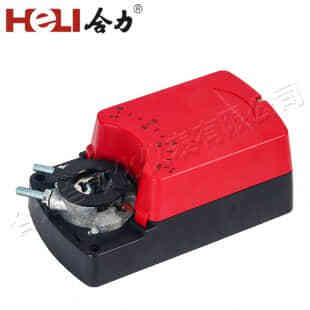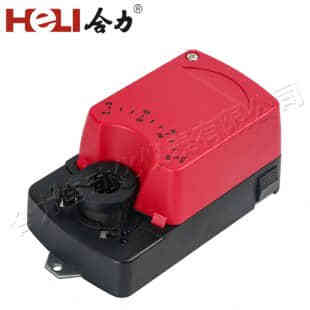Damper actuators are vital components in modern heating, ventilation, and air conditioning (HVAC) systems, playing a crucial role in regulating airflow and maintaining optimal environmental conditions. These devices are used to control dampers, which are mechanical components that adjust the flow of air in ducts. By controlling the opening and closing of the damper, the actuator ensures that the air distribution within a building is efficient, contributing to both energy savings and a comfortable living or working environment. This article explores the function, types, and applications of damper actuators in HVAC systems.

What is a Damper Actuator?

A damper actuator is a device that provides the mechanical force needed to open, close, or modulate a damper in HVAC systems. Dampers themselves are valves or movable plates installed within air ducts to control the flow of air. The actuator, which is usually powered by electric, pneumatic, or hydraulic energy, translates control signals into the movement of the damper. This adjustment can either increase or decrease airflow to specific zones in a building, ensuring temperature regulation and air quality. Types of Damper Actuators There are primarily three types of damper actuators used in HVAC systems: electric actuators, pneumatic actuators, and hydraulic actuators. Each type has its advantages and specific use cases.
